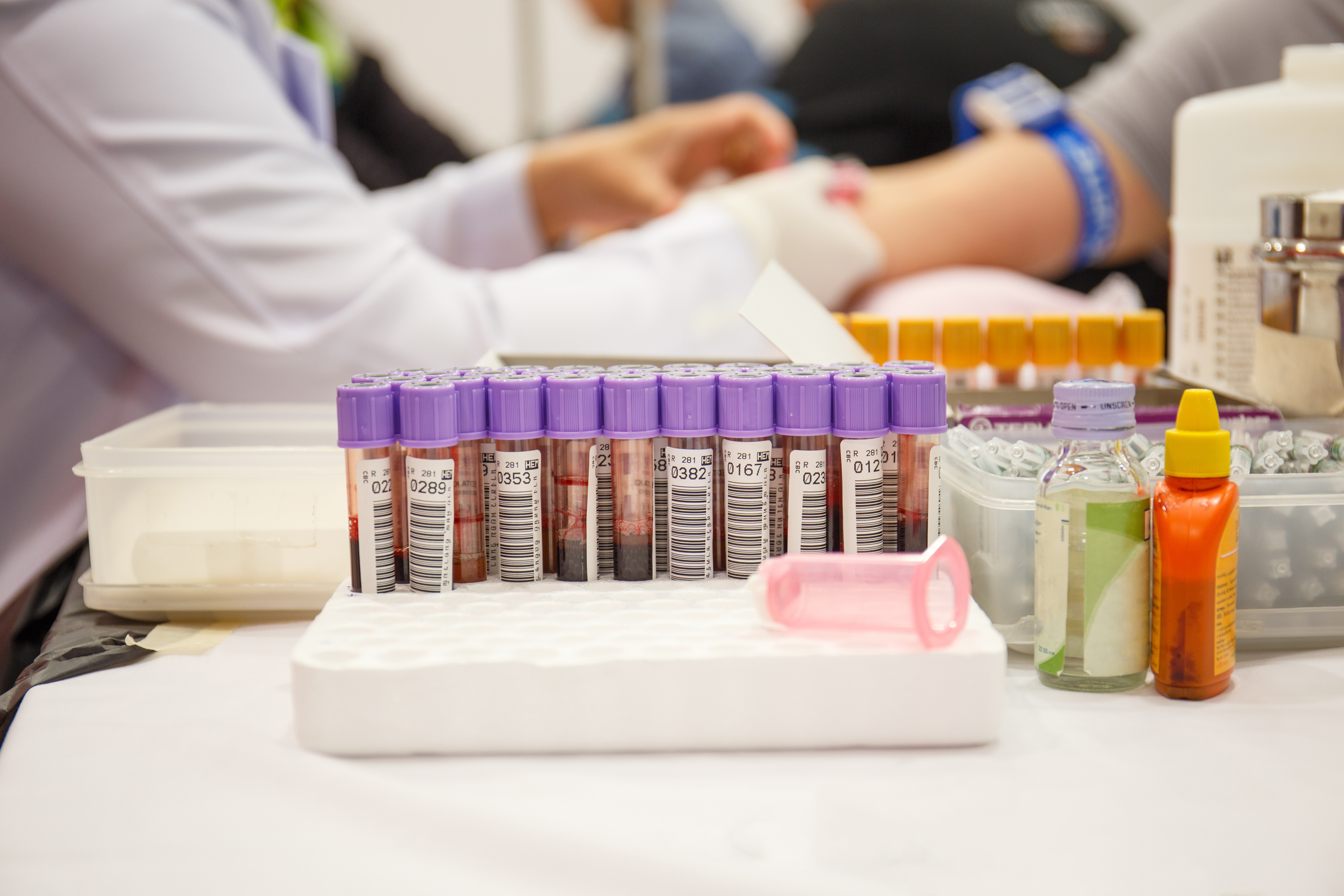What are clinical trials?
Clinical trials are research studies in which real people participate as volunteers. Clinical research trials are a means of developing new treatments and medications for diseases and conditions. There are strict rules for clinical trials, which are monitored by the National Institutes of Health and the U.S. Food and Drug Administration. Some of the research studies at the Clinical Center involve promising new treatments that may directly benefit patients. Understanding Clinical Studies.
Why should I participate?
The health of millions has been improved because of advances in science and technology, and the willingness of thousands of individuals like you to take part in clinical research. The role of volunteer subjects as partners in clinical research is crucial in the quest for knowledge that will improve the health of future generations.
Will I be compensated?
Study participants are compensated for their time. Exact compensation varies from study to study.
Who should volunteer to participate in clinical trials?
Each clinical trial has a specific set of guidelines for whom is an acceptable participant. Please see our full list of current trials to see if you would be a good fit for any of them.
What is the significance of the different clinical trial phases?
Here at Clinical Partners LLC, we have several trials going on at once, all in different phases.
In Phase I clinical trials, researchers test a new drug or treatment for the first time in a small group of normal, healthy volunteers (about 20 to 80) to evaluate its safety, determine a safe dosage range, and identify side effects.
In Phase II clinical trials, the study drug or treatment is given to a larger group of people (about 100 to 300), including patients with the particular disease, to see if the drug or treatment is effective, and to further evaluate its safety.
In Phase III clinical trials, the study drug or treatment is given to large groups of people (from 1,000 to 3,000), including patients, to confirm its effectiveness, monitor side effects, compare it to other commonly used treatments, and collect information that will allow the drug or treatment to be used safely.
Phase IV clinical trials are done after the drug or treatment has been approved by the FDA and marketed for public use. These studies continue testing the drug or treatment to collect information about its effect in various populations and gather data on any side effects associated with long-term use.
What is a placebo?
Placebos are harmless, inactive substances made to look like the real medicine used in the clinical trial. Placebos allow the investigators to learn whether the medicine being given works better or no better than ordinary treatment. In many studies, there are successive time periods, with either the placebo or the real medicine. In order not to introduce bias, the patient, and sometimes the staff, are not told when or what the changes are. If a placebo is part of a study, you will always be informed in the consent form given to you before you agree to take part in the study.
What is the placebo effect?
The placebo effect is the real or apparent improvement in a patient’s condition due to wishful thinking by the investigator or the patient. Medical techniques use three ways to avoid this problem. These methods have helped discredit some previously accepted treatments and validate new ones. Methods used are the following: randomization, single-blind or double-blind studies, and the use of a placebo.
What is randomization?
Randomization is when two or more alternative treatments are selected by chance, not by choice. The treatment chosen is given with the highest level of professional care and expertise, and the results of each treatment are compared. Analyses are done at intervals during a trial, which may last years. As soon as one treatment is found to be definitely superior, the trial is stopped. In this way, the fewest number of patients receive the less beneficial treatment.
What are single-blind and double-blind studies?
In single- or double-blind studies, the participants don’t know which medicine is being used, and they can describe what happens without bias. Blind studies are designed to prevent anyone (doctors, nurses, or patients) from influencing the results. This allows scientifically accurate conclusions. In single-blind (“single-masked”) studies, only the patient is not told what is being given. In a double-blind study, only the pharmacist knows; the doctors, nurses, patients, and other health care staff are not informed. If medically necessary, however, it is always possible to find out what the patient is taking.
Are there risks involved in participating in clinical research?
Risks are involved in clinical research, as in routine medical care and activities of daily living. In thinking about the risks of research, it is helpful to focus on two things: the degree of harm that could result from taking part in the study, and the chance of any harm occurring. Most clinical studies pose risks of minor discomfort, lasting only a short time. Some volunteer subjects, however, experience complications that require medical attention. The specific risks associated with any research protocol are described in detail in the consent document, which you are asked to sign before taking part in research. In addition, the major risks of participating in a study will be explained to you by a member of the research team, who will answer your questions about the study. Before deciding to participate, you should carefully weigh these risks. Although you may not receive any direct benefit as a result of participating in research, the knowledge developed may help others.

